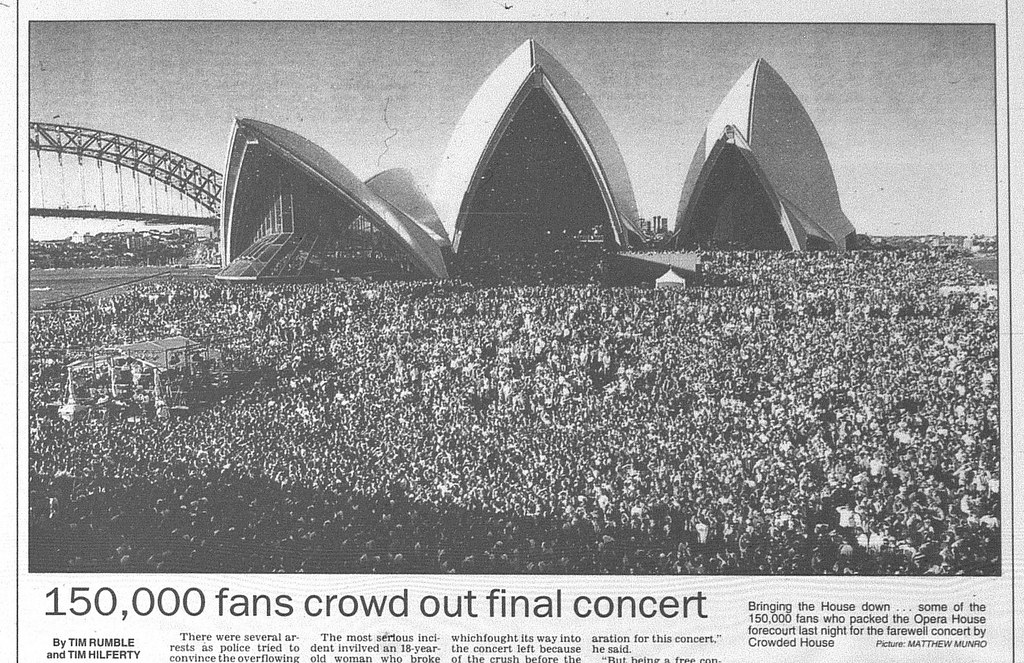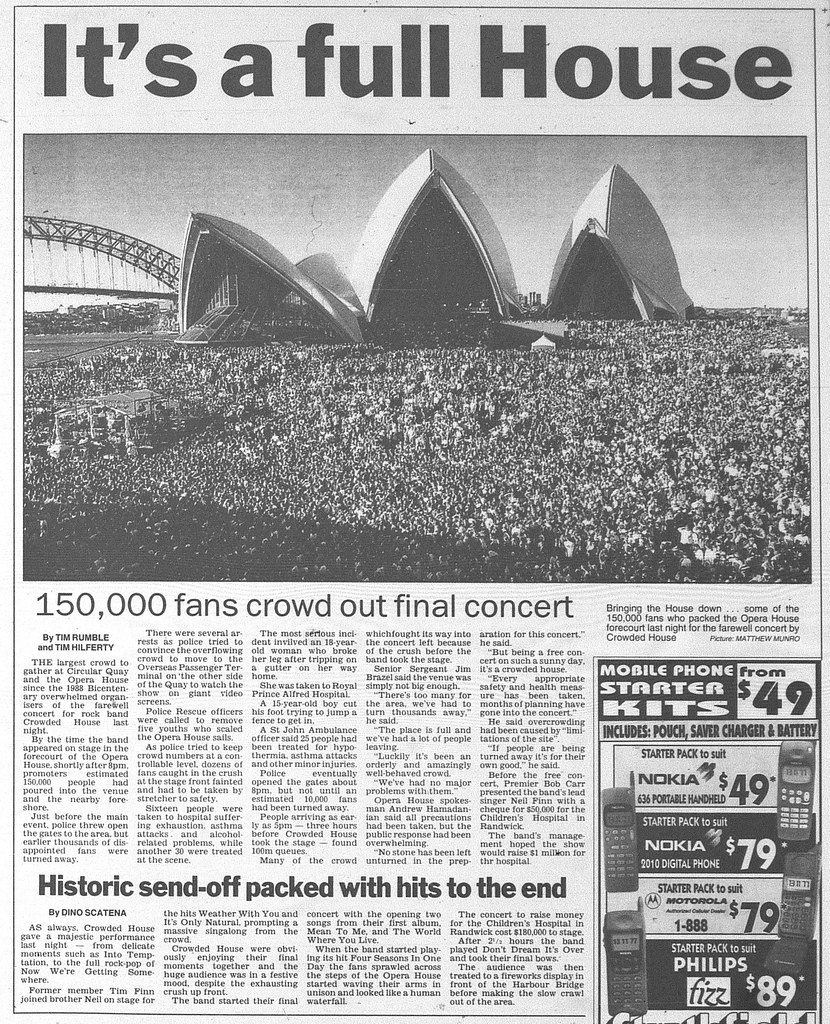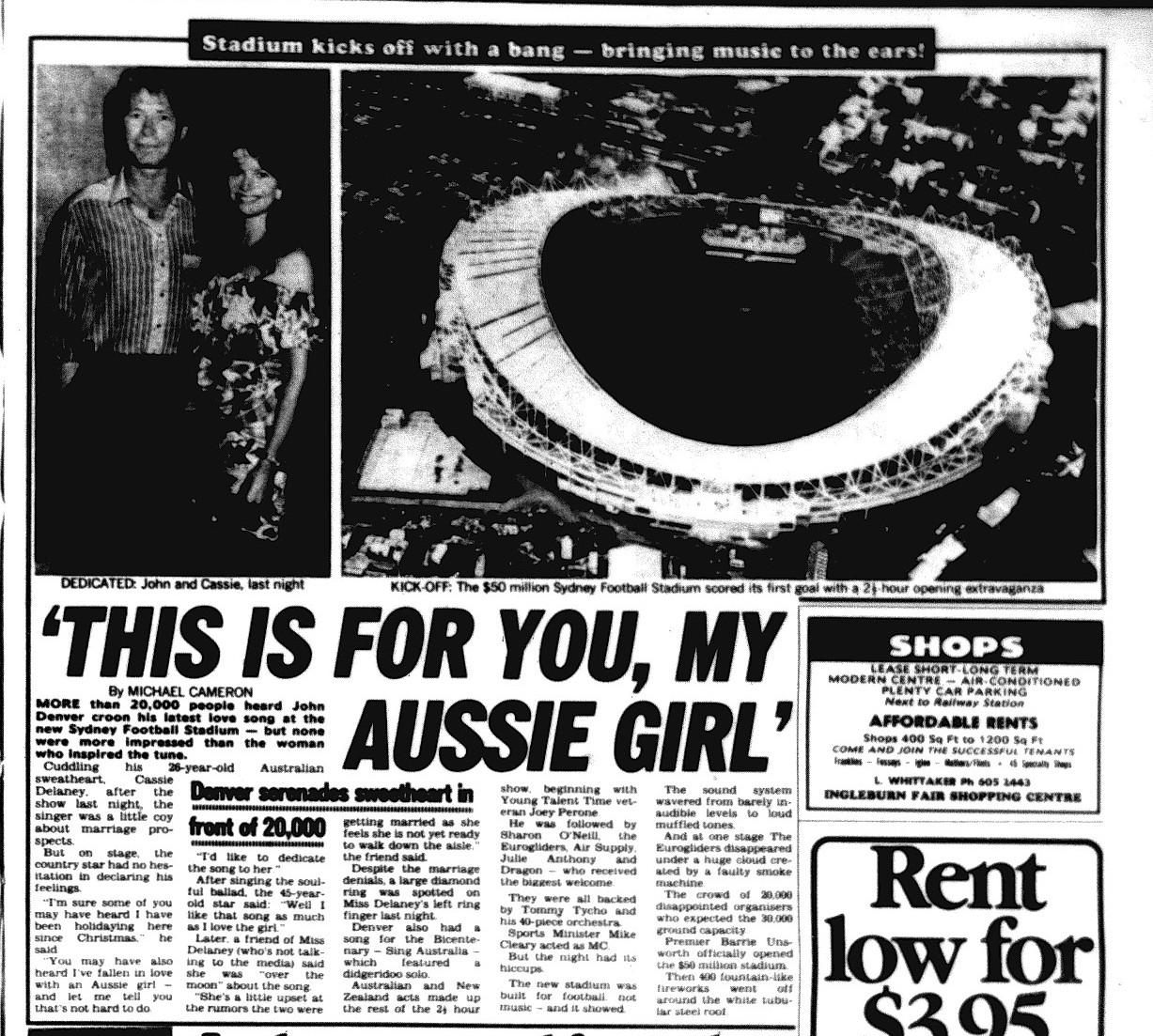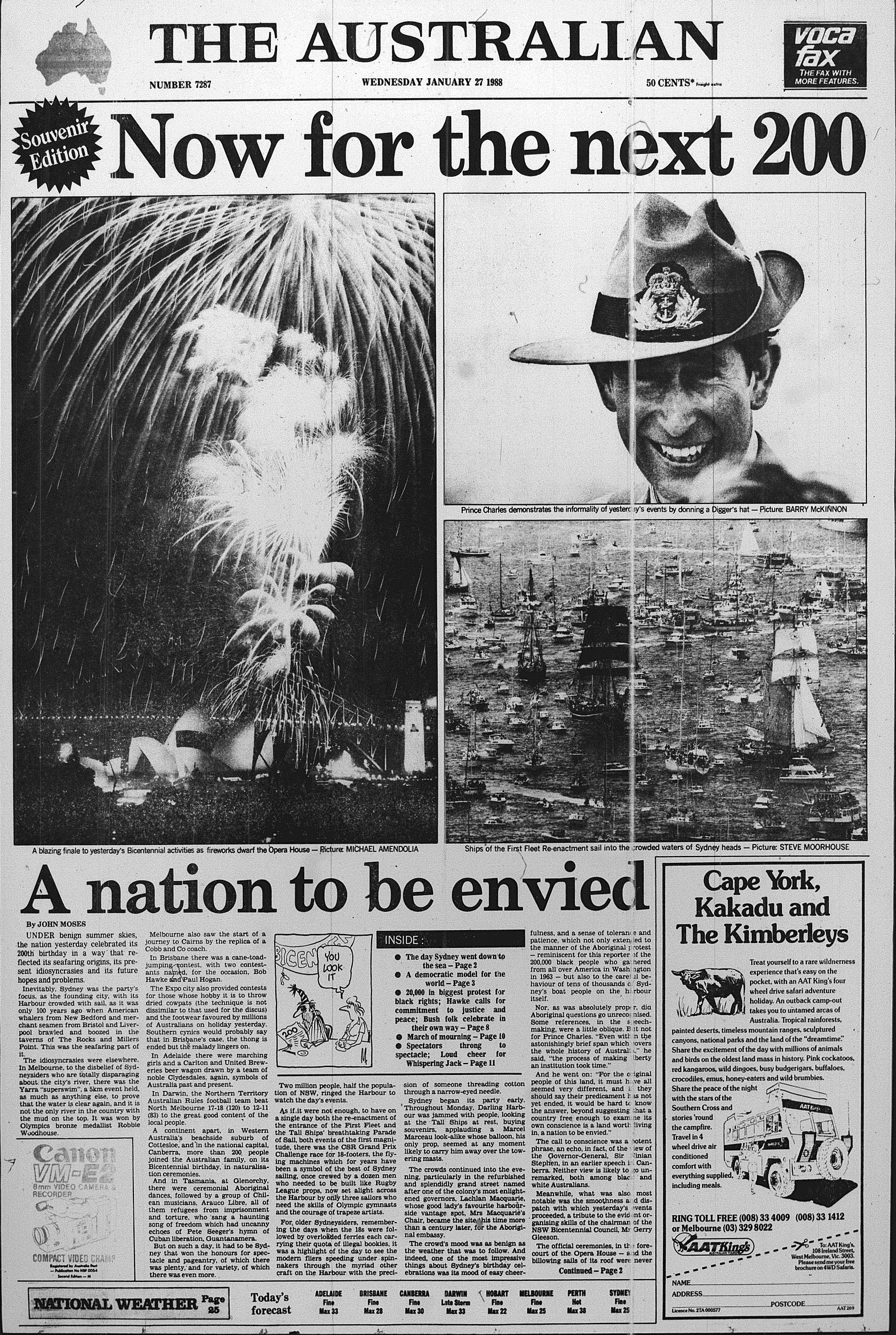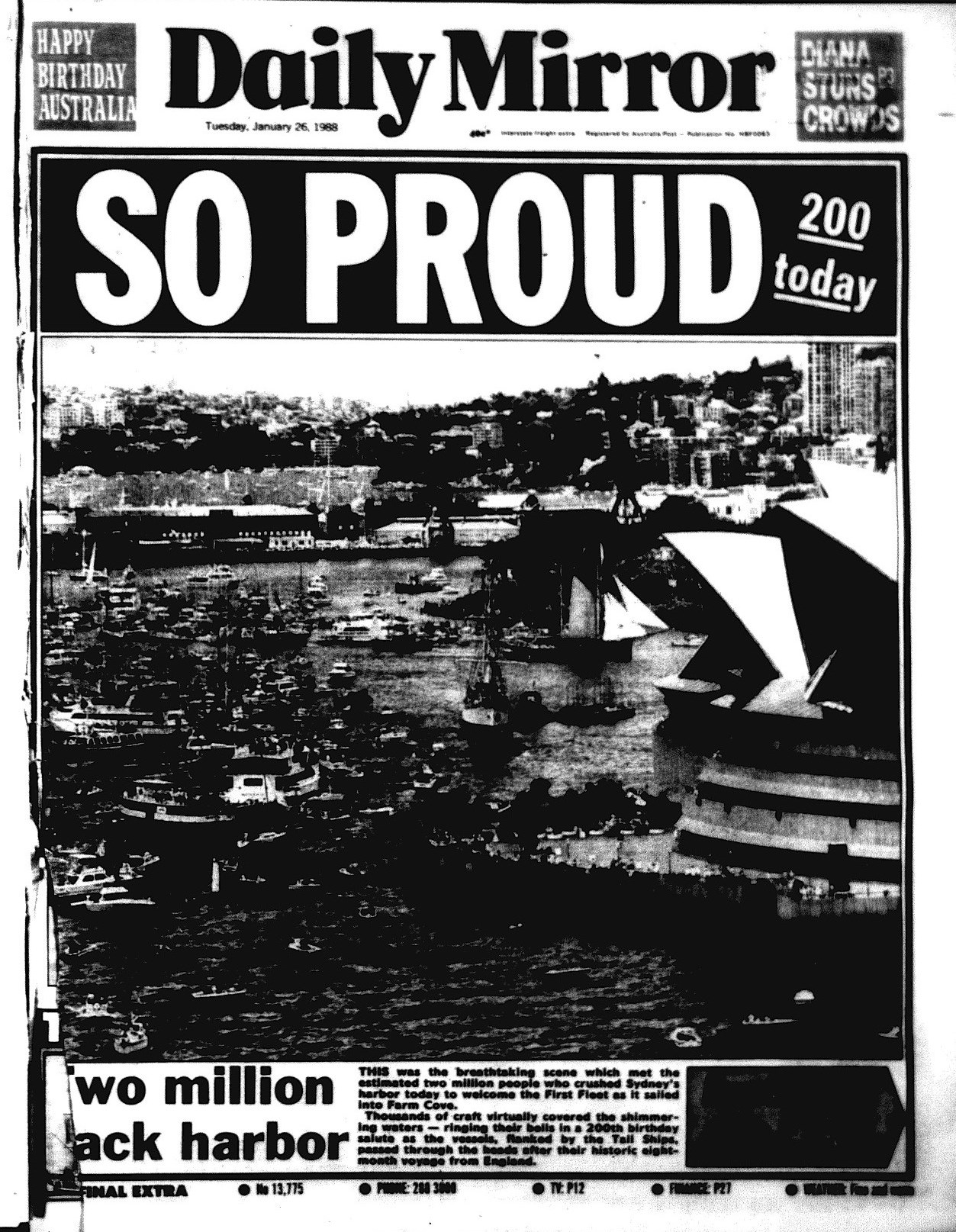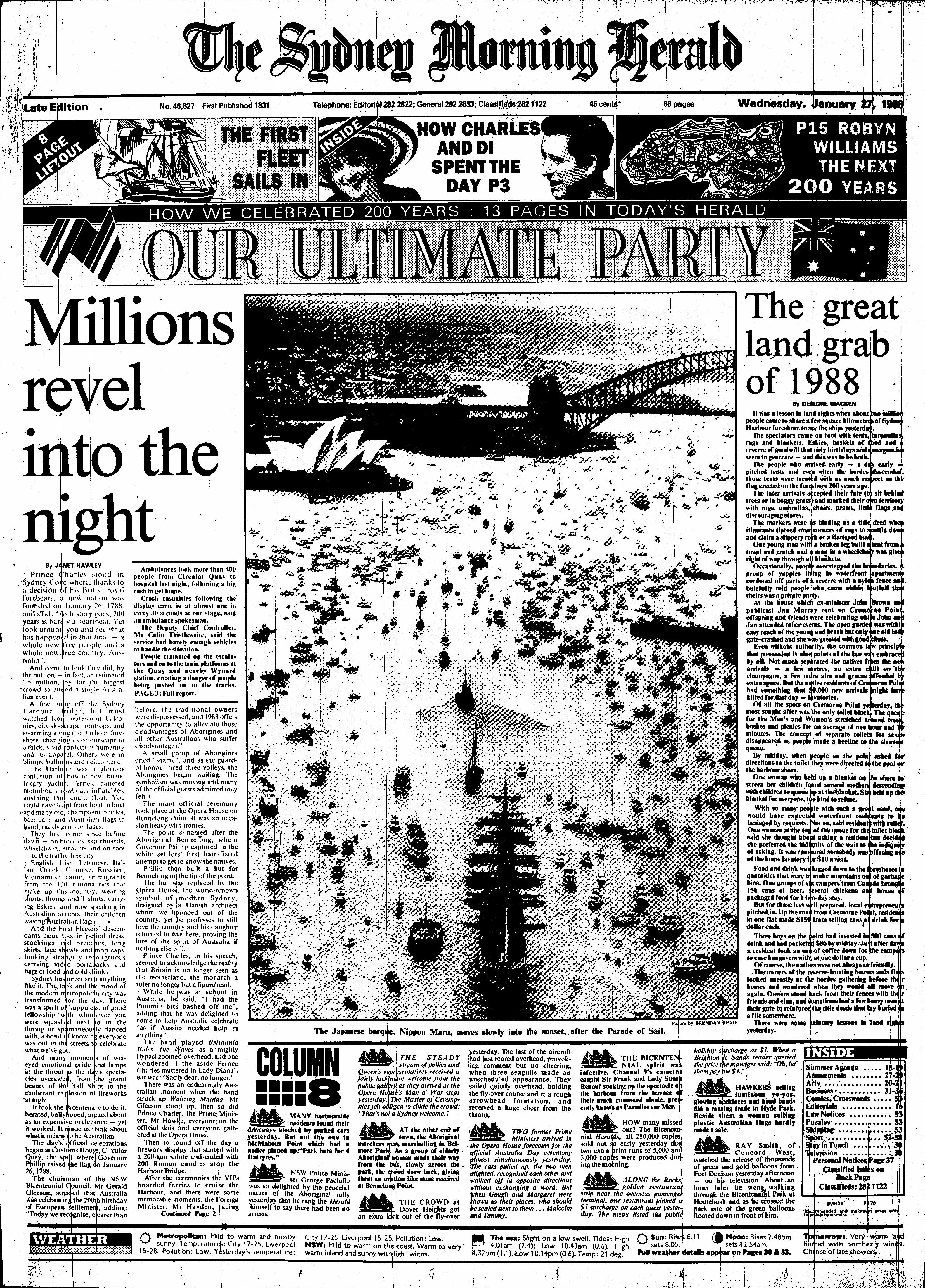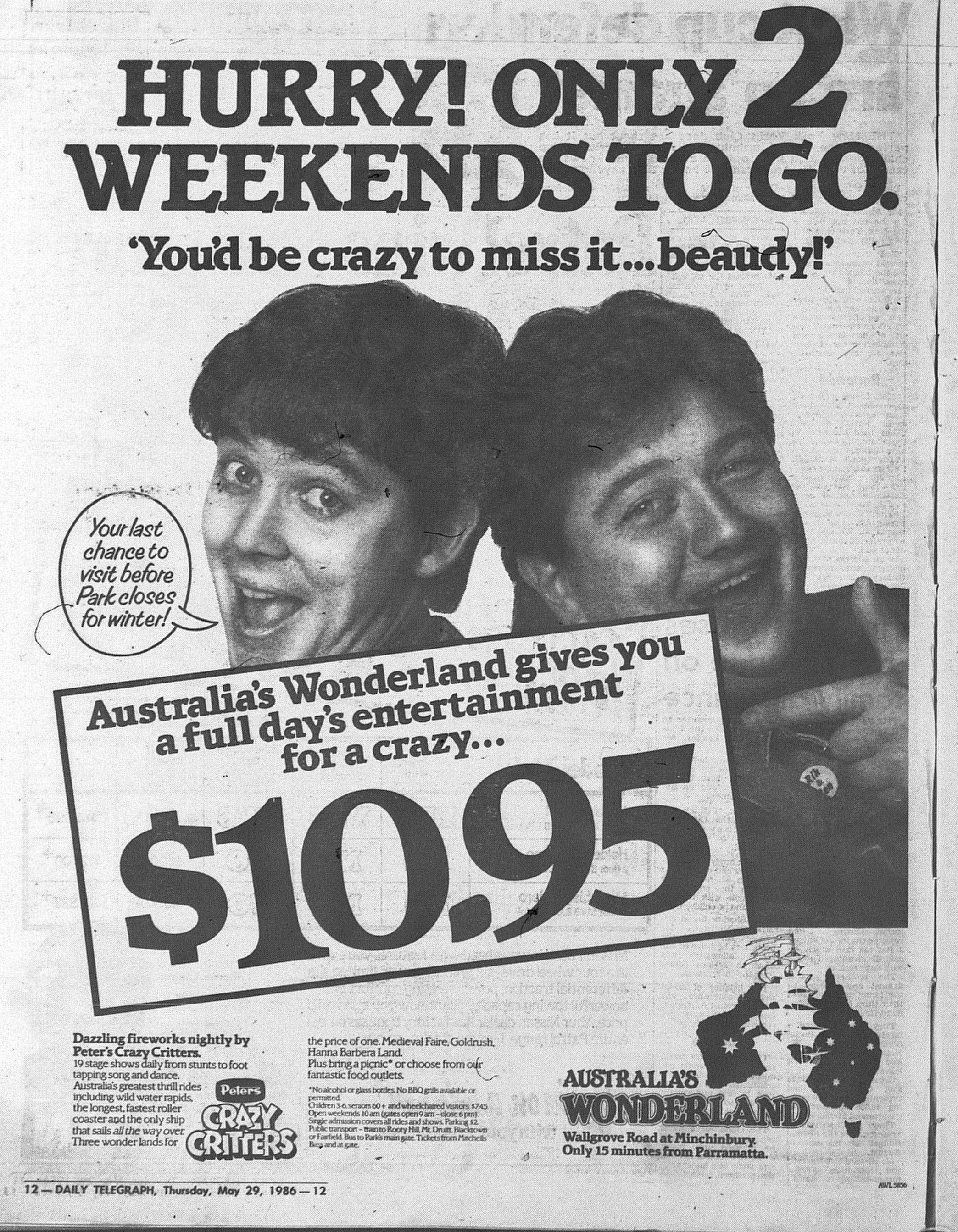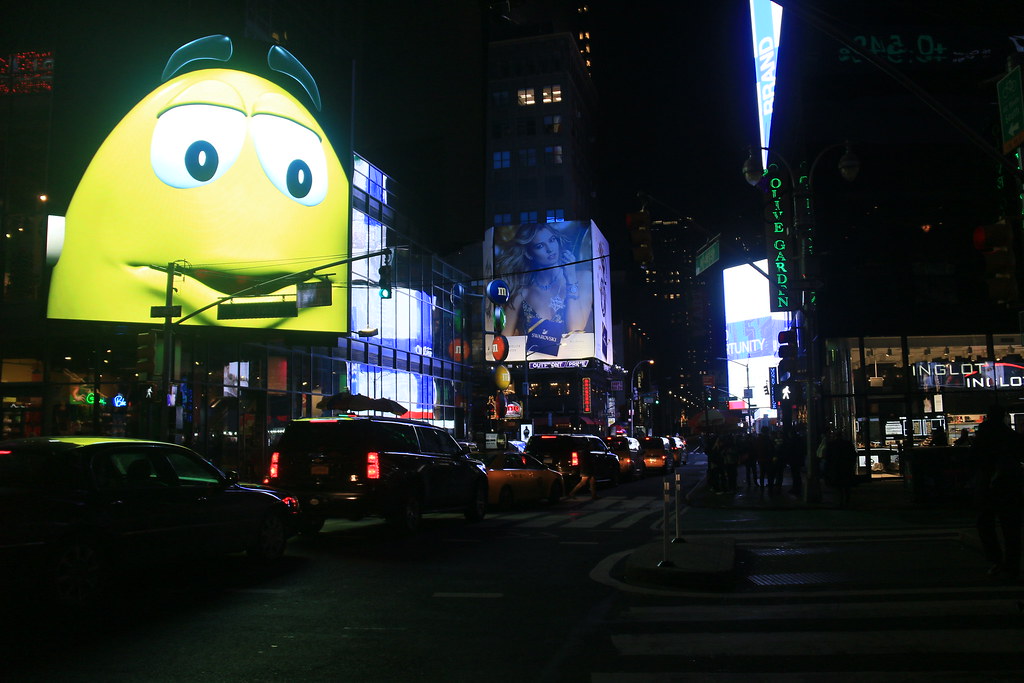Today is New Years Eve and this entry will look at how Sydney marked the arrival of 1995.
How Sydney celebrated New Years Eve in the 1990's was big compared to the decades before it, but would pale in comparison to today. It has become an annual custom when looking at entries from the 1990's to highlight the "big changes" that have occurred since.
But each year represents a step in the evolution of New Years Eve Celebrations in Sydney.
In previous entries, the key developments in the modern evolution of New Years Eve Celebrations in Sydney have occurred:
1989 - Introduction of a major New Years Eve spectacular on Sydney synchronized to a musical soundtrack, simulcast on radio.
1990 - First launch of fireworks from the Sydney Harbour Bridge as part of the New Years Eve Fireworks (First major launch for any fireworks show was Australia Day, 1988 which was the Bicentenary of Australia. At the 75th Anniversary of the Royal Australian Navy in 1986, fireworks were released only from underneath the road deck). Alcohol Free Zones were introduced.
1993 - Reintroduction of midnight
fireworks displays in Central Sydney at Darling Harbour and Sydney Tower.
New Years Eve fell on a Saturday in 1994 which gave people an excuse to go out that Saturday evening.
What was new for New Years Eve in 1994?
The
Skyshow (9pm fireworks) was telecast for the first time on Channel Seven. It was a delayed broadcast from 11:55pm to 12:30am. It also screened in Brisbane at 12:15am local time. 2DAY FM played the soundtrack live as the fireworks exploded above. Those attending
were encouraged to bring a portable radio with them.
As with previous years, the fireworks were released near the Opera House and from The Sydney Harbour Bridge.
 |
| Above: Enlargement of the fireworks locations in central Sydney as published in The Sydney Morning Herald on December 31, 1994. |
A midnight display was provided at Darling Harbour and fireworks were released from Sydney Tower to welcome in 1995.
The Sun Herald (January 1, 1995) featured the Sydney Harbour Bridge
exploding in fireworks on Page One.
The Sunday Telegraph (January 1, 1995) decided not to feature the fireworks from Sydney Harbour on Page One, opting for a photo of the midnight fireworks show at Darling Harbour.
Attendances according to reports in both newspapers put the estimated crowd attending festivities at one million. The previous year reported either 1.5 million or 350 000 depending on what newspaper you read (either
The Daily Telegraph Mirror or
The Sydney Morning Herald ). We can say that New Years Eve 1994 was the first to crack the one million mark for attendance.
The newspapers didn't report on anything extraordinary on the festivities. Police were happy with
behaviour and there was the usual crack down on drunks with "some arrests".
Public transport was encouraged. There were no delays compared to the year
before but extra services were provided as per usual on all modes. There were diversions and changes to routes to
accomodate road closures and congestion. Below is a State Transit advertisement as published in
The Daily Telegraph Mirror on December 31, 1994.
On reflection, it appeared that Sydney now had begun to establish a New Years Eve tradition of a mid evening fireworks show on Sydney Harbour and Midnight fireworks at Darling Harbour and Sydney Tower. The people of Sydney had warmed up to a major celebration of the arrival of the New Year. It also had attracted visitors from regional areas, around the nation and around the world.
As the 1990's continued, it would remain the same until the move to midnight celebrations in 1998.
Tune in next year for New Years Eve 1995.
I wish you all a very Happy New Year.





